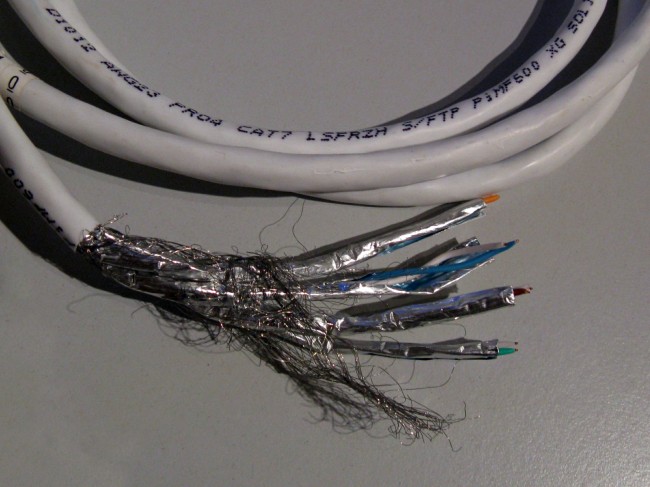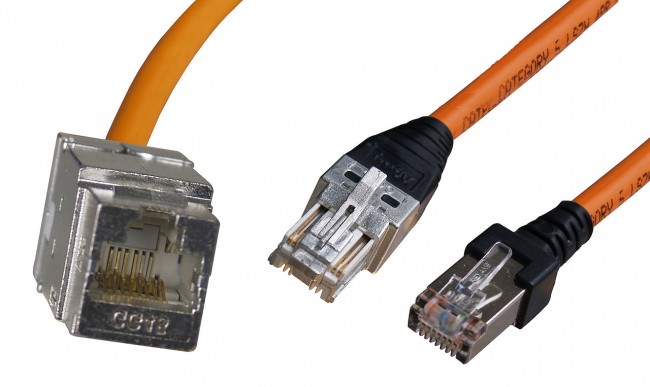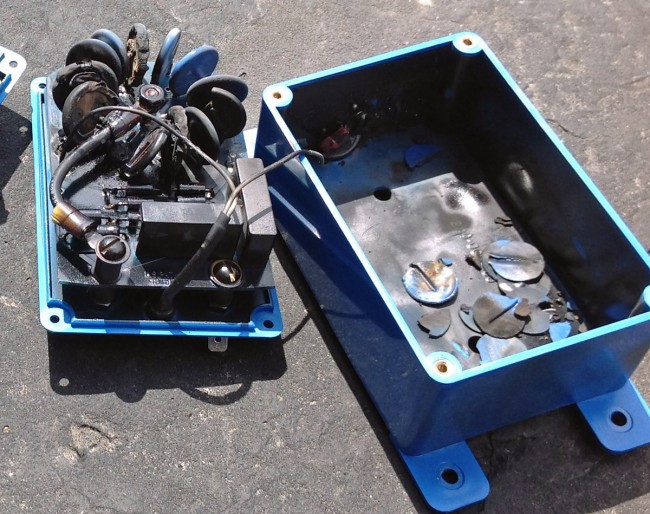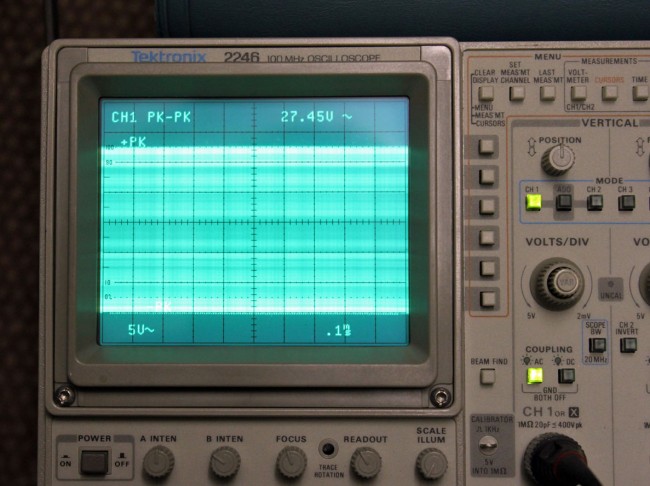The fourth dimension, at least in theory. We keep track of time in a linear way, each second marking a particular point that will happen only once and never be revisited. There will never be another 10:42:30.1 on April 17, 2013, for example.
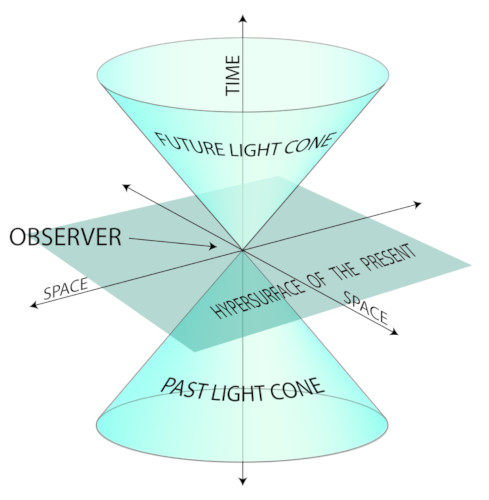
Of course, there are several ways to record the same time:
- Coordinated Universal Time (UTC): This is the time at the prime meridian, 0° Longitude. From there, time zones span out to +12 or -12 UTC, meeting again at the International Dateline. In military parlance, UTC is known as Zulu because it is in timezone Z.
- Local Time: In any given location, is determined when the sun is directly overhead (± sidereal correction) at noon.
- Local Timezone: One of twenty-four arbitrary divisions where the sun may be directly overhead (± sidereal correction) somewhere within the division at noon.
- Unix Timestamp: The number of seconds that has transpired since 0000, January 1, 1970. Unix time stamp 1366209730 equals 10:42:30, April 17, 2013. In hex looks like 516F0260. Used by all Unix/Linux variants.
- GPS Time: UTC – LS (Leap Second) + 19 s.
- ISO 8601 date/time: 2013-02-17T10:42Z
- Julian Date: A continuous count of days and fractions of such since noon Universal Time on January 1, 4713 BCE. April 17, 2013, 10:42:30.1 equals 2456399.946193
One thing to note and mark your calendars: Unix (and variants) may have a problem on January 19, 2038, because of a 32-bit integer issue. This is known as Y2038, and a smart man would start planning now.

